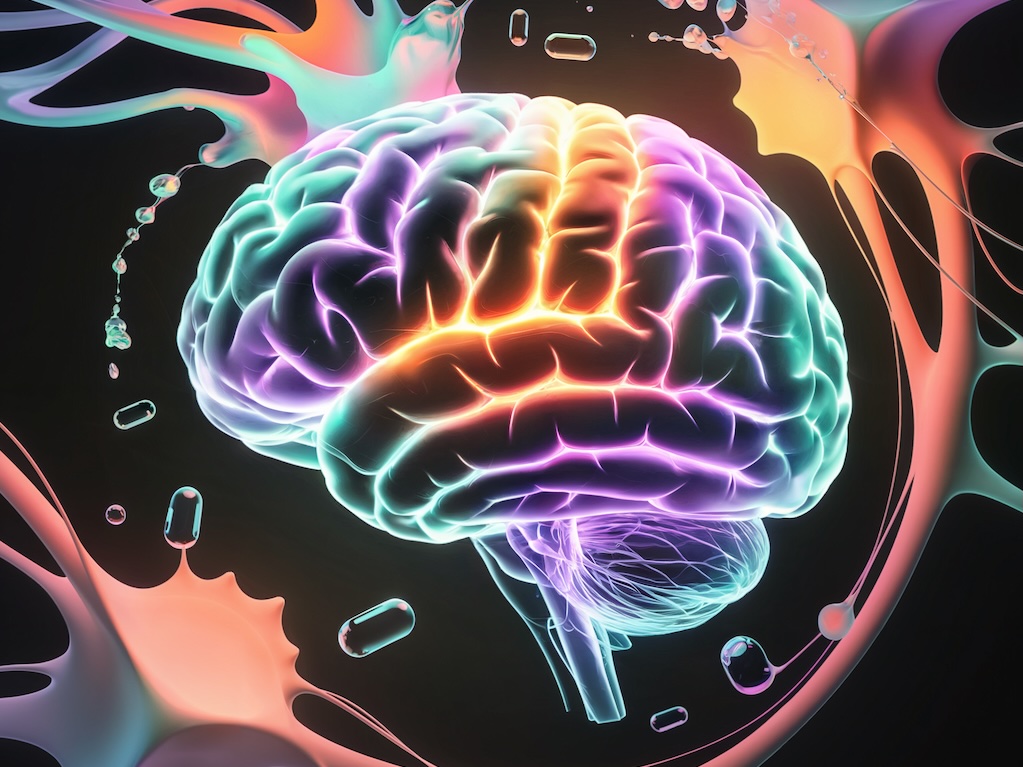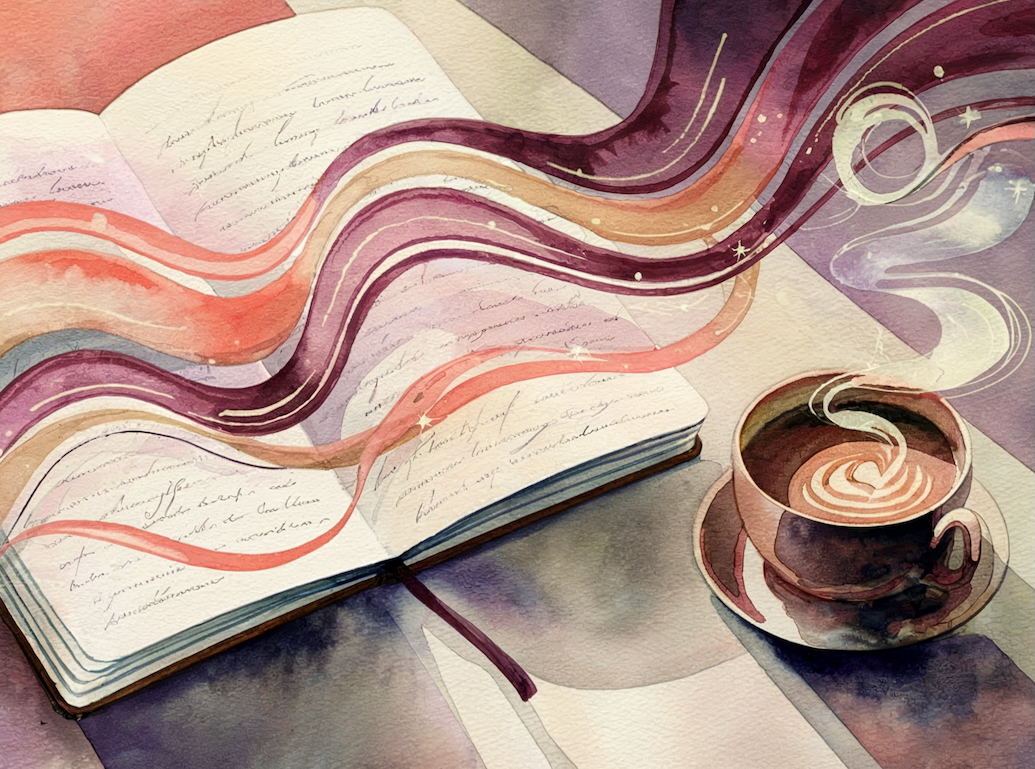
Microdosing: The Science, The Benefits and The Risks
I've been working with plant medicine for nearly 10 years.
In that time, I've developed my own practices and often recommend psilocybin microdoses (in Colorado, where the practice is legally protected). For many, it can be a gentle way to dip a toe into the psychedelic space, and for others, a versatile tool with a range of uses.
Over the years, I've become a believer. Tiny amounts of psychedelics can — though not always — help ease anxiety or depression, spark creativity, and for some, even reduce chronic pain and headaches.
Still, my experience is anecdotal. What does the science actually say? That’s what I explore here.
I'll be the first to say there's reason to be cautious. An often-cited paper surveying 60 years and 44 scientific microdosing studies concludes that “there is no consensus on the subjective effects (or lack thereof) that should be associated with microdosing.” When it comes to sub-perceptual (or more precisely, sub-hallucinogenic) psychedelic compounds and their benefits, much still remains uncertain.
This lack of consensus largely stems from the difficulty of studying highly personal, subjective experiences over time — while also trying to control for expectation bias and the placebo effect.
Should you begin or continue microdosing while we wait for more definitive research? Ultimately, that’s a personal decision. Gaining a clear picture of what we do know, what we don’t, the potential short- and long-term effects, and the experiences of others can help you make an informed decision.
What Do People Microdose?
Microdosing spans a variety of substances, often tailored to individual goals. Drawing from decades of reports, here’s a closer look at popular and emerging options, why people turn to them, and the risks they may carry.
For context, when people “microdose” dried psilocybin mushrooms, they usually take between one-tenth and one-third of a gram. Personally, I prefer about one-fifth of a gram — which, for me, isn’t quite sub-perceptual but remains entirely manageable as I go about my day.
| Substance | Effect | Potential Risks |
|---|---|---|
| Psilocybin | Enhanced mood and creativity | Anxiety, disassociation |
| LSD | Improved focus and energy | Increased heart rate |
| THC | Pain relief, relaxation | Impaired coordination |
| CBD | Calming, anti-inflammatory | Mild drowsiness, fatigue, interactions with other medications |
| Ketamine | Antidepressant effects | Dependency risks |
Discovering which substances — and at what dosages — work best is both a science and an art, requiring patience.
Take magic mushrooms: while many (including myself) microdose them to lift their mood, some people find relief from migraine headaches, while others experience increased anxiety or no effect at all. Every body is unique, shaped by its own biology, sensitivities, and lived experiences. What helps one person may not help another.
For Further Reading
The Psychedelic Explorer's Guide: Safe, Therapeutic, and Sacred Journeys
by James Fadiman
In this guide to the immediate and long-term effects of psychedelic use James Fadiman outlines best practices for safe, sacred entheogenic voyages gleaned through his more than 40 years of experience and research.
Common Microdosing Amounts
Microdosing usually involves doses that are sub-hallucinogenic (though not always truly sub-perceptual, as is often assumed). In other words, they don’t typically produce strong or disruptive psychoactive effects.
That said, many people still report “noticing” effects when they microdose.
According to the survey mentioned earlier, the most common amounts vary by substance. In my own experience with dried psilocybin mushrooms, around 0.2 grams is subtle but noticeable — often with a positive lift that doesn’t interfere with daily activities beyond the first hour or so. Your experience likely will differ, and most people adjust their dosage and protocol several times in the first few months before finding what works best for them.
| Compound | Typical Recreational or Therapeutic Dose Range | Intoxication Threshold Dose Range | Plausible Microdose Dose Range |
|---|---|---|---|
| Psilocybe cubensis dried mushroom: PO | 3–5 g | 0.5–1.5 g | 0.1–0.4 g |
| Psilocybin synthetic: PO | 17–30 mga | 3–8 mgb | 0.8–5 mgc |
| Psilocybin synthetic: IV# | 2 mg/70 kg – moderate dosed | 1 mge | 0.5 mge |
| LSD: PO | 100–200 µg | 20–25 µgf | 6–20 µgg |
These amounts are usually taken two to four days in a row with "off days" following a schedule or protocol to prevent tolerance buildup and maintain the desired effects.
For Further Reading
The Science of Microdosing Psychedelics
by Torsten Passie
This carefully researched and scientifically presented work provides an objective and clear perspective, covering key areas such as tolerance, toxicity, and placebo.
What Does the Science Show Us Microdoses Do?
Scientific findings on microdosing remain inconclusive but intriguing.
- Creativity: A 2020 study in The Harm Reduction Journal found a 13% improvement in creativity among psilocybin and LSD microdosers and a 26% improvment in mood.
- Anxiety: In a clinical trial conducted by Dr. Daniel Karlin of Tufts University, 48% of participants suffering from generalized anxiety disorder (GAD) experienced resmission from symptoms after 12 weeks.
- Quote: Dr. Daniel Karlin, lead researcher, states, “The clinical improvement for many patients was more than double what we see with today’s standard of care. This occurred at all levels of anxiety, from moderate all the way up to severe.”
The Role of Placebo and Expectation
Many skeptics and researchers — and a number of reputable studies — suggest that the placebo effect plays a significant role in microdosing outcomes.
At the same time, a review of more than 40 microdosing studies conducted over several decades offered an important nuance: “With these issues in mind, we suggest that claims that microdosing is largely a placebo-driven effect (e.g., Siebert, 2021) are premature.
The truth likely falls somewhere between two poles. The cited studies above show that expectancy can contribute to the overall effect of microdosing, but we simply can’t yet be confident about the magnitude of the expectancy effect, or its relative importance compared to the pharmacological effects of microdosing.
Balancing Benefits with Informed Decision-Making
Microdosing will continue to captivate the public’s imagination, and rightly so, as it promises enhanced creativity, emotional balance, and improvements in cognitive sharpness. While anecdotal reports and emerging studies highlight potential benefits, consider as well as the risks, the role of placebo effects and the lack of conclusive, long-term research.
Until then, individuals interested in microdosing should proceed with caution, but also with cautious optimism while assessing their own potential risk factors before proceeding.
If you want to learn more about whether microdosing might be a good fit for you, I offer a 30-minute introductory conversation to assess risks and discuss various approaches and protocols. You can also explore free resources like Microdosing 101 and SSRIs and Psilocybin to deepen your understanding before we connect.








